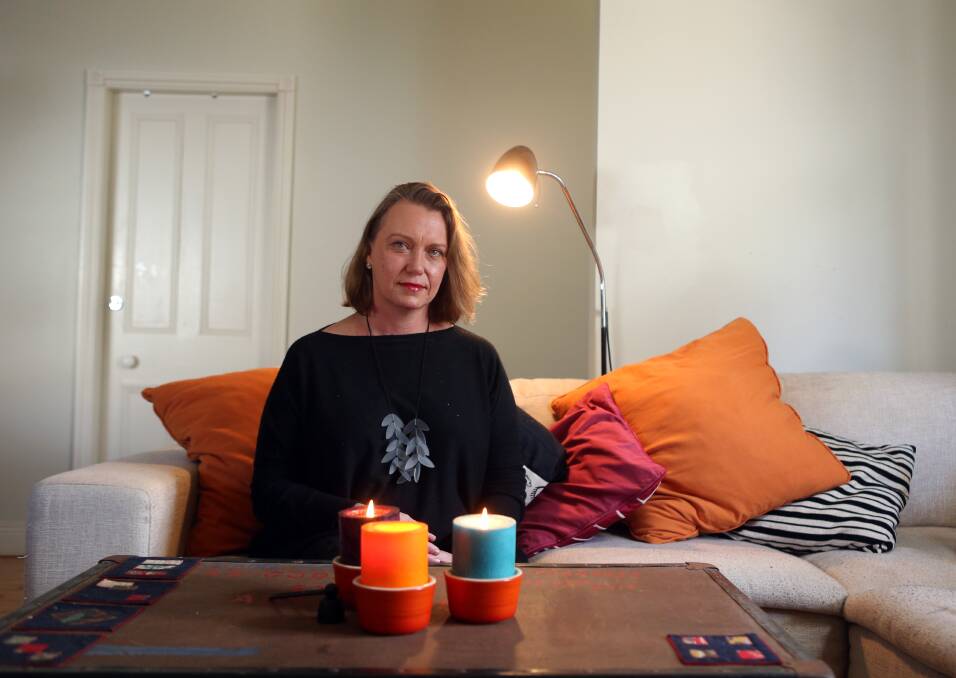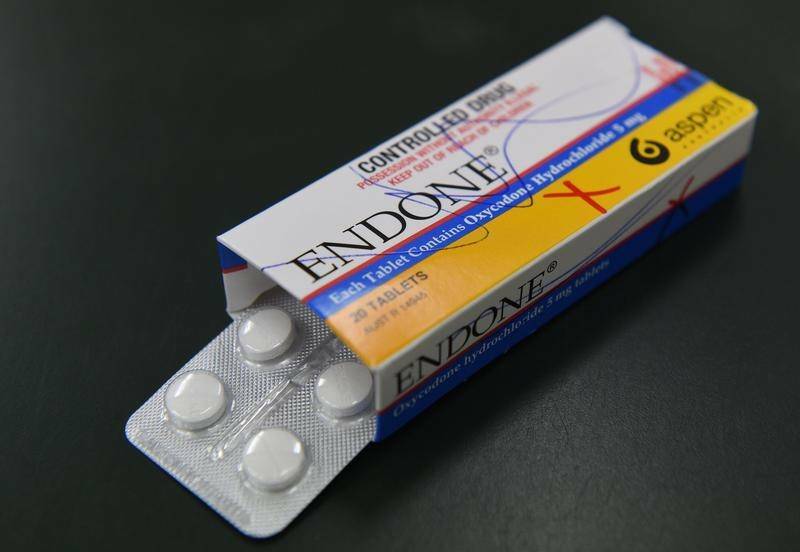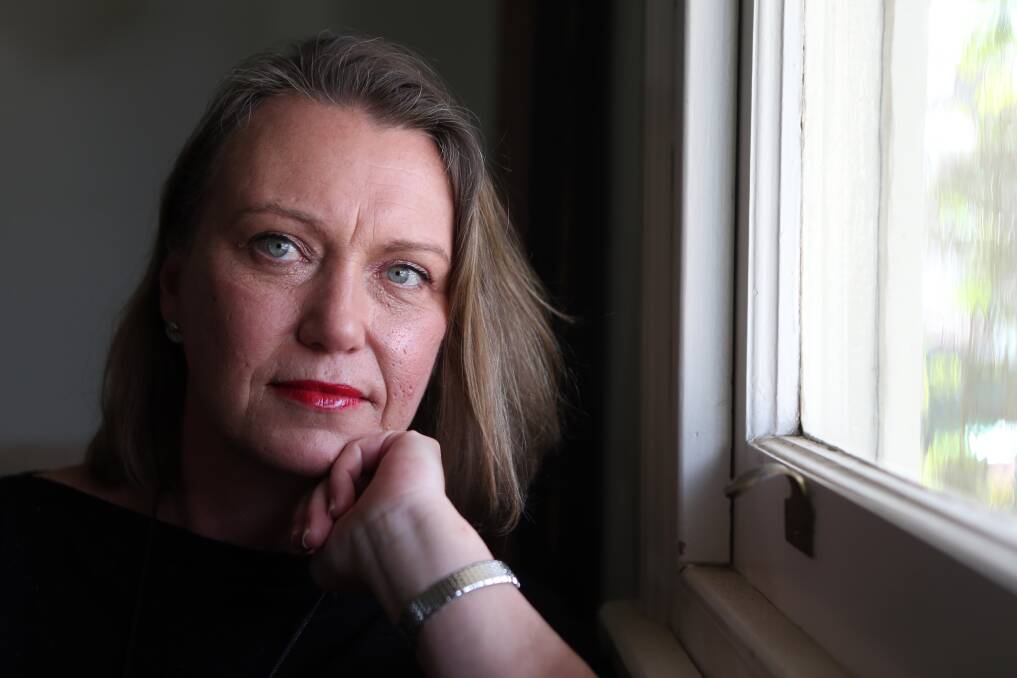
Outstretched on the couch, a bag of frozen peas squeezed against her neck, Michelle Taylor hadn’t quite experienced pain like this before.
Subscribe now for unlimited access.
or signup to continue reading
But it was only after awakening in the early hours of the morning in agony that she realised something was truly amiss.
A CT and MRI scan at Bendigo Health revealed she had a degenerative condition which eroded the discs and bones in her neck.
“What happens is the disc and the bones start falling to pieces and they push against the nerves so you’re in constant inflammation with pain shooting down the arm,” she said.
While in hospital Ms Taylor was naturally on strong pain relief but her subsequent encounter with a GP was perhaps more frightening for the 47-year-old.
“I was expecting to see a GP and be told how to figure it out, but to be told it was incurable and degenerative and we’ll have to keep you on oxycodone and pregablin for a while was a huge shock,” she said.
What ensued was a 12-month period of unhealthy addiction to pain relief medication, which left Ms Taylor feeling lost, helpless and incapacitated.
“The brain just starts to dissolve, my thinking wasn’t right, my short-term memory went. You feel helpless and hopeless, you’re just slogging through everyday,” she said.

She was on two 10 milligram doses each day, which by her own admission, was on the lower level of opioid dependency.
“It’s scary because you’re a drug addict and not by choice,” she said.
At each subsequent visit to the GP, Ms Taylor would reiterate her hatred of the pills and their side-effects.
A lack of sleep and digestive problems were some of the issues experienced.
Ms Taylor and her GP trialled halving the doses, to no avail.
“I was trying to find the balance between managing the pain and being able to function while on the medication,” she said.
Five months into her reliance on pain relief medication, Ms Taylor was referred to a neurosurgeon, who again suggested there was no solution to the problem.
Ms Taylor eventually found a solution to escape the ‘fog’ when she was referred to neurosurgeon Dr Michael Wong, who fast tracked her surgery – an anterior cervical discectomy – for June.
In essence two discs were removed from Ms Taylor’s spine and replaced with a mixture of titanium and harvested human bone.
Read more: Doctors hit back after opioid crackdown
Now medication free, Ms Taylor hopes her experience will empower other people to seek a second opinion and explore other alternatives than what at times can seem like a reliance on pain relief medication.

“Pain seems to be the enemy. The only thing this doctor seemed to focus on was making sure I wasn’t in too much pain, which sounds like a nice thing except when the alternative is to walk around in a complete and utter fog with half of your brain functioning,” she said.
“You don’t realise when you’re on these drugs how much it affects your thinking.
“People need to understand that if you’ve accepted it and been on these drugs for a very long time that technical advances in medicine mean that there could actually be a cure, it’s not just about managing different levels of pain. You might not have to live with the pain at all.” Speaking more generally on the reliance on pain relief medication, Ms Taylor said: “It’s clearly a problem and I was going to become a statistic. If i hadn’t had surgery I would have had higher levels of the drugs which would have completely messed up my life.” The federal government has recognised the growing problem.
In June, Australia's Chief Medical Officer Brendan Murphy sent a letter to almost 5000 GPs who prescribe the most opioids, warning them of the risks of dependence on the drugs.
"Seventy per cent of all fatal opioid overdoses in Australia involve prescription opioids and pharmaceutical opioid deaths now exceed heroin deaths by a significant margin," the letter stated.
The Therapeutic Goods Administration banned over-the-counter codeine in February because evidence showed it was no better for pain than non-codeine painkillers and was contributing to around 100 deaths a year.
Pills seen by some as the ‘easier option’
Opioid over prescription was not as simple as a doctor giving a patient tablets, a local GP has warned.
Doctor Remon Eskandar from Strathfieldsaye primary health said health professionals faced daily challenges with pain relief medication, some of which stemmed from the Australian health system.
He said patient expectation, the inability to access proper rehabilitation services and facilities for chronic pain, and medicare funding for certain conditions contributed to the situation.

Dr Eskandar used the example of medicare-subsidised mental health plans. A patient is entitled to 10 rebatable sessions with a psychologist per calendar year, but he said 10 sessions were no way near enough to tackle chronic mental health conditions.
Similarly with chronic pain, access to pain management centres or clinics came at extra cost to patients, some of whom were retired, elderly or simply unable to afford much more than a prescription for pain relief.
“Sometimes they feel that is the easier option, to take one tablet in the morning,” he said.
The ban on over-the-counter codeine across Australia has had a positive impact locally, according to Dr Eskandar, who said it had forced some people to access proper medical treatment and find a long-term solution to their pain issues.
Bendigo Community Health Services acting team manager for drug and alcohol services Bart McGill said the demographic of opioid users, and their reasons for dependence, varied dramatically. “We're into a transitional phase in the way we're looking at pain. It’s about changing behaviour in prescribers but it’s not a blame situation,” he said.
Mr McGill said BCHS was now dispensing naloxone, which reverses the effects of opioids, to those who may be a witness to an opioid overdose or at risk of having an overdose themselves.


